Table of Contents
Greatest Achievements of NASA: Challenges and Implications
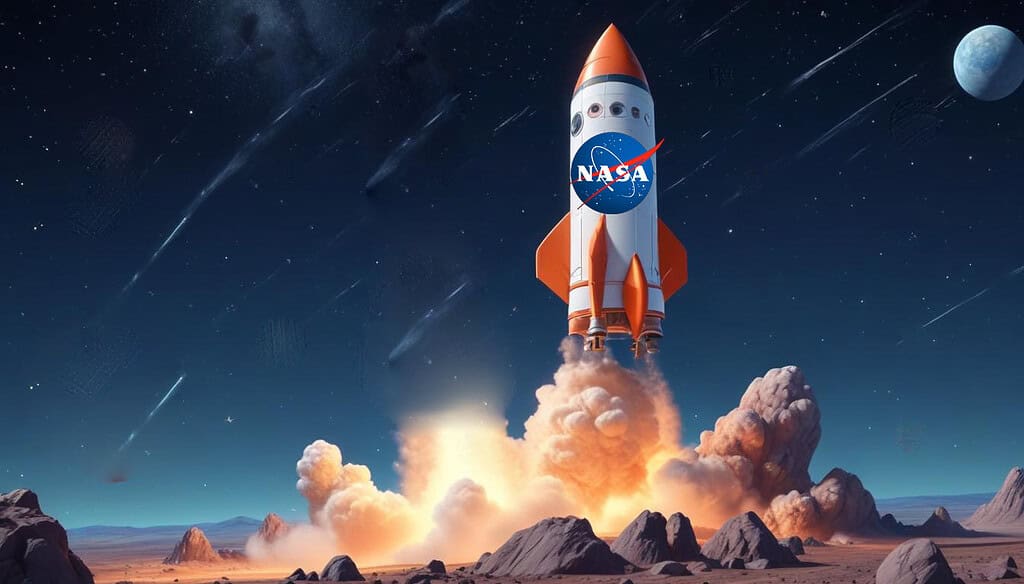
NASA, the National Aeronautics and Space Administration, has been at the forefront of space exploration for over six decades, achieving milestones that have forever changed the course of human history. The achievements of NASA have not only expanded our understanding of the universe but also led to technological advancements that impact our everyday lives. From sending astronauts to the Moon to exploring distant planets, NASA’s missions are a testament to the power of human curiosity and innovation. However, behind every success lies a series of immense challenges that have to be overcome.
One of the most iconic achievements of NASA is the Apollo Moon landing. The successful landing of humans on the Moon in 1969 was not only a triumph for space exploration but a defining moment for humanity. It symbolizes our ability to reach beyond our home planet and explore other worlds. This achievement inspired generations and paved the way for future space exploration efforts. However, this monumental success came with countless difficulties. The Apollo program faced technical challenges, including the design of a spacecraft capable of landing on and returning from the Moon, as well as the life-threatening risks faced by astronauts during the mission.
Another significant achievement of NASA is the ongoing exploration of Mars. Robotic missions like the Mars rovers have allowed us to explore the surface of the Red Planet and gather valuable information about its geology, climate, and potential for supporting life. These missions have expanded our understanding of Mars and its potential to harbor life, which has important implications for the search for life beyond Earth.
However, the achievements of NASA in Mars exploration have not been without difficulty. The harsh environment of Mars, combined with the complexity of landing and operating rovers millions of miles away, has made these missions incredibly challenging. Many missions have faced setbacks, and only through perseverance and innovation has NASA been able to overcome these obstacles.
The deployment of space telescopes, such as the Hubble Space Telescope, is another major milestone in the achievements of NASA. These telescopes have given us a deeper view of the universe, revealing distant galaxies, black holes, and other cosmic phenomena. The images and data collected by these telescopes have transformed our understanding of the universe, offering insights into its origins and structure. The challenges involved in these missions, however, have been significant. Operating a telescope in space, repairing it when necessary, and ensuring its instruments continue to function over many years are all hurdles that NASA has faced and overcome.
These achievements of NASA have also had profound implications for humanity beyond space exploration. Technologies developed for space missions have been adapted for use in fields such as medicine, transportation, and communication. Innovations such as satellite technology, advanced materials, and improved computing systems have all emerged from NASA’s pioneering work.
Despite the difficulties faced in each mission, from technical failures to high risks, these achievements of NASA serve as a reminder of what humanity can accomplish when we push the boundaries of what is possible. Through its continued exploration of space, NASA continues to inspire and drive progress, showing that even the most difficult challenges can lead to the greatest rewards. In this article, we are going to learn about 8 of the greatest achievements of NASA that changed our understanding of the Cosmos.
1. Apollo 11 Moon Landing (1969)
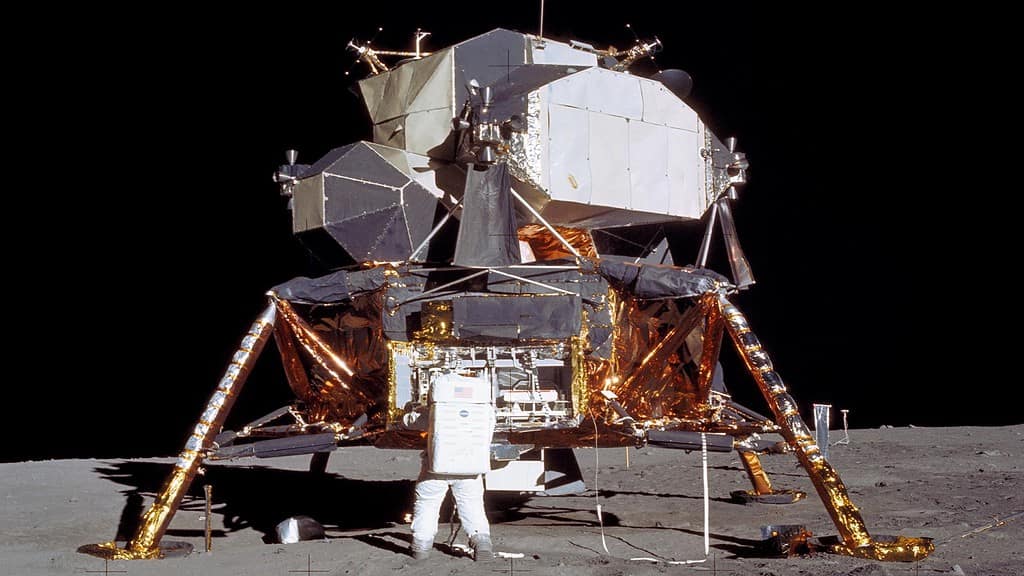
The Apollo 11 mission in 1969 is recognized as one of the greatest achievements of NASA and a pivotal moment in human history. On July 20, 1969, astronauts Neil Armstrong and Buzz Aldrin became the first individuals to step onto the lunar surface, while Michael Collins orbited above. Armstrong’s iconic declaration, “That’s one small step for man, one giant leap for mankind,” perfectly captured the essence of this momentous occasion. This mission showcased the potential of what could be achieved through perseverance and teamwork, marking the zenith of the space competition between the United States and the Soviet Union.
The path to the Moon was riddled with formidable technical obstacles. NASA had to create the most powerful rocket in history, the Saturn V, designed to transport astronauts safely to the Moon and back. Moreover, meticulous calculations were necessary to guide the spacecraft through space, land on uncharted terrain, and return to Earth safely. The intricacy of the mission made it one of the most challenging endeavors in the history of space exploration, yet it also cemented NASA’s role in advancing the frontiers of space travel.
The Apollo 11 mission not only proved human potential but also paved the way for further exploration beyond our planet. It inspired the next generation of scientists, engineers, and adventurers, leaving a lasting impact on the human spirit. The information gathered from this mission enhanced our understanding of the Moon’s makeup and history, shaping subsequent missions and research. As one of the biggest achievements of NASA, the Apollo 11 Moon landing stands as a testament to human inventiveness and the drive to explore the unknown.
2. Mars Rover Exploration (2004–present)
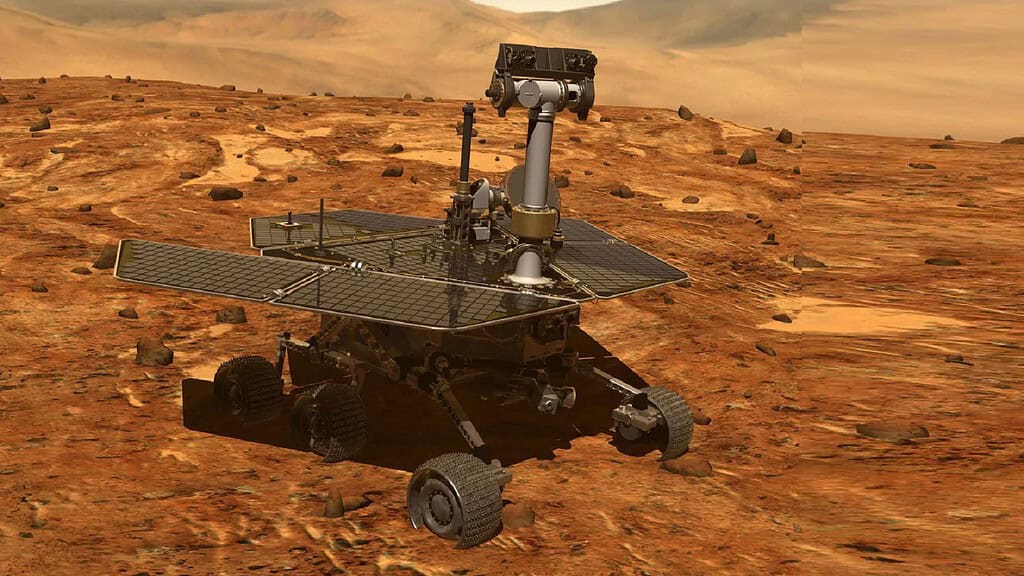
The investigation of Mars via rovers stands as one of the most remarkable achievements of NASA, significantly enhancing our comprehension of the Red Planet since 2004. Initiated with the Spirit and Opportunity rovers, NASA has successfully deployed numerous robotic explorers to Mars to examine its surface, geological features, and the potential for past life. These missions have transformed our understanding of Mars, providing essential data regarding its history and environmental conditions.
The Spirit and Opportunity rovers, which landed in 2004, were intended to operate for 90 days but far surpassed this expectation. Opportunity functioned for nearly 15 years, traversing over 28 miles across the Martian terrain. These rovers uncovered evidence indicating that liquid water once existed on Mars, which carries significant implications for the possibility of ancient life. The accomplishments of these missions are some of the major achievements of NASA, proving the viability of long-term robotic exploration on another planet.
Building on these initial successes, the Curiosity rover, launched in 2011, further expanded the horizons of Mars exploration. Curiosity’s objective has been to determine whether Mars ever possessed conditions conducive to life. It has yielded vital insights into the planet’s climate and geology, providing clues about its capacity to support life in the ancient past.
Most recently, in 2021, the Perseverance rover landed on Mars, equipped with sophisticated instruments designed to search for signs of ancient microbial life and to collect samples for future return to Earth. In conjunction with Perseverance, NASA’s Ingenuity helicopter accomplished the first controlled flight on another planet, marking a groundbreaking achievement in its own right.
The exploration of Mars through these rovers exemplifies some of the biggest achievements of NASA, consistently enhancing our understanding of Mars and establishing a foundation for future human exploration. Each rover mission has surmounted considerable technical challenges, contributing invaluable insights to the study of our neighboring planet.
3. Hubble Space Telescope (1990–present)
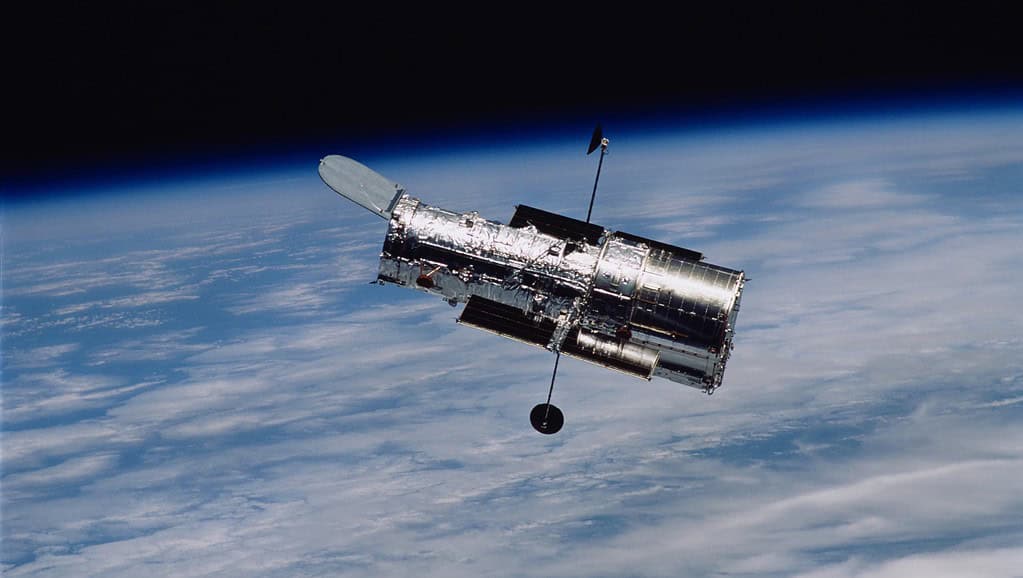
The Hubble Space Telescope represents one of the remarkable achievements of NASA, fundamentally altering our comprehension of the universe since its inception in 1990. Situated beyond the confines of Earth’s atmosphere, Hubble has delivered extraordinary observations of remote galaxies, nebulae, and various celestial events, unimpeded by atmospheric interference. This pioneering observatory has enabled astronomers to obtain breathtaking images and gather essential data that have transformed our insights into the cosmos.
One of the major achievements of NASA with Hubble was its role in determining the rate of expansion of the universe.. By observing distant supernovae, astronomers have gathered evidence supporting the existence of dark energy, an enigmatic force responsible for the accelerated expansion of the universe. This revelation carries significant implications for our understanding of the cosmos and its eventual destiny.
Hubble has also played a crucial role in enhancing our knowledge of stellar life cycles and galaxy formation. Its capability to observe across a spectrum of wavelengths, from ultraviolet to near-infrared, has allowed scientists to investigate a diverse array of astronomical phenomena. For example, Hubble’s observations of the Hubble Deep Field unveiled thousands of galaxies within a seemingly small area of the sky, highlighting diversity among the galaxies and the vastness of the universe.
Despite encountering obstacles, including a significant flaw in its mirror that necessitated a repair mission in 1993, Hubble’s accomplishments have continued to motivate both scientists and the general public. The extensive data amassed by the telescope has been instrumental in countless scientific inquiries, establishing it as one of the most successful endeavors in the annals of astronomy.
The Hubble Space Telescope stands as a testament to the achievements of NASA, demonstrating how advanced technology can enhance our understanding of the universe and stimulate curiosity about our existence within it.
4. International Space Station (1998–present)
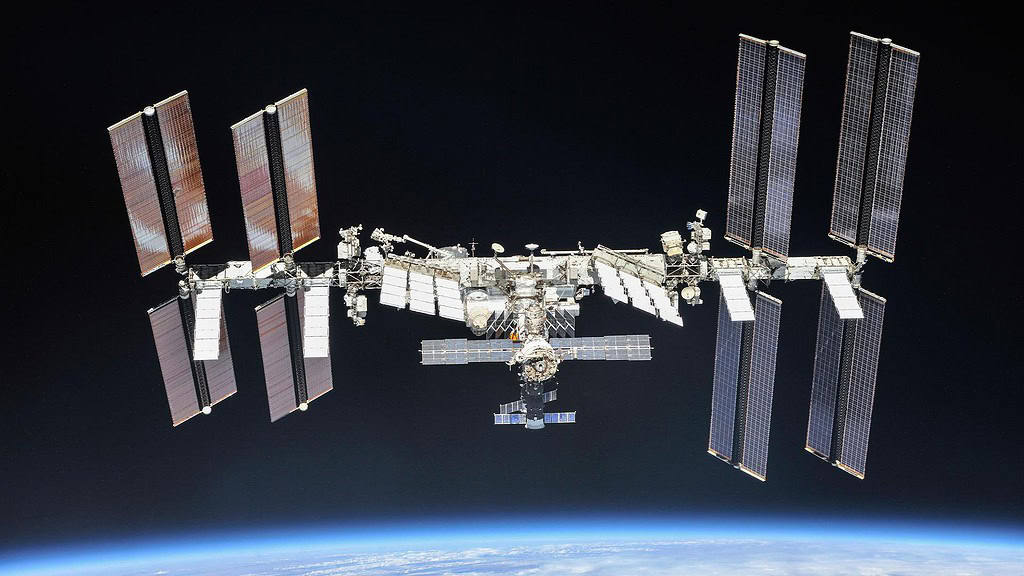
The International Space Station is one of the most impactful achievements of NASA and a pivotal example of global collaboration in the realm of space exploration. Since its launch in 1998, the International Space Station has functioned as a microgravity research facility, enabling scientists from various countries to perform experiments across multiple disciplines, such as biology, physics, and astronomy. It embodies the possibilities that arise from cooperative endeavors aimed at expanding human understanding beyond Earth.
A significant aspect of NASA’s success with the International Space Station is its capacity to cultivate international partnerships. This space station is a collaborative initiative that includes contributions from the United States, Russia, Europe, Japan, and Canada. Such cooperation has brought together a wealth of expertise and resources, illustrating the remarkable achievements that can be realized when nations unite. Throughout its history, astronauts from different countries have resided and worked on the station, fostering a spirit of peace and collaboration in the pursuit of space exploration.
Additionally, the International Space Station serves as a vital platform for technological innovation and research with far-reaching implications for life on our planet. Research conducted aboard the station has led to advancements in medical treatments and has deepened our understanding of human health in a space environment. Additionally, research on the ISS contributes to developing technologies necessary for future missions to the Moon and Mars, highlighting the achievements of NASA in preparing for deeper space exploration.
The International Space Station has also provided scientists with the opportunity to examine the effects of prolonged spaceflight on the human body, yielding essential insights as we gear up for future interplanetary endeavors. Its sustained presence in low Earth orbit exemplifies the resilience and adaptability of humanity when confronted with challenges.
In summary, the International Space Station stands as a cornerstone of the achievements of NASA, highlighting the importance of international cooperation, scientific advancement, and the enduring human drive for exploration.
5. Voyager Missions (1977–present)
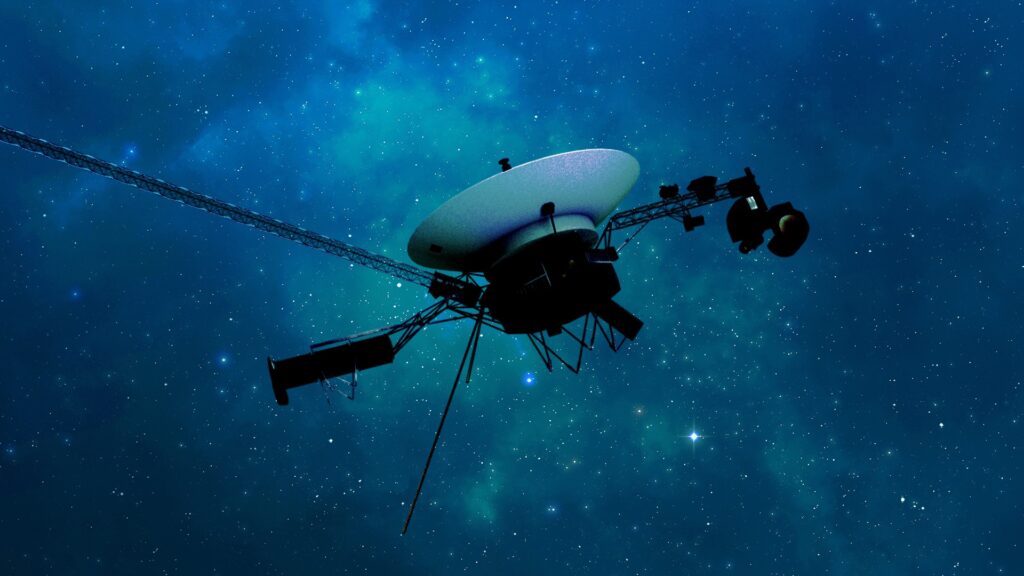
Imagine a little boy takes a bottle, puts a message inside it, seals it, and sends it to the ocean. He watches as the bottle drifts away in the vastness of the sea, imagining who will find the bottle and the message inside it. Drifting into an ever-expanding Cosmos, Voyager missions are such sealed bottles with messages and locations of humanity for any alien species who would find them. These two satellites, one of the greatest achievements of NASA, are the first and, till now, only objects ever to leave the Solar System. However, Stephen Hawkings, one of the greatest scientists of our era, believed that sending out invitations to Alien species was a bad idea.
The Voyager missions, initiated in 1977, represent one of the most extraordinary achievements of NASA, fundamentally enhancing our comprehension of the solar system and beyond. Voyager 1 and Voyager 2 were specifically engineered to investigate the outer planets, yielding invaluable information about our celestial companions.
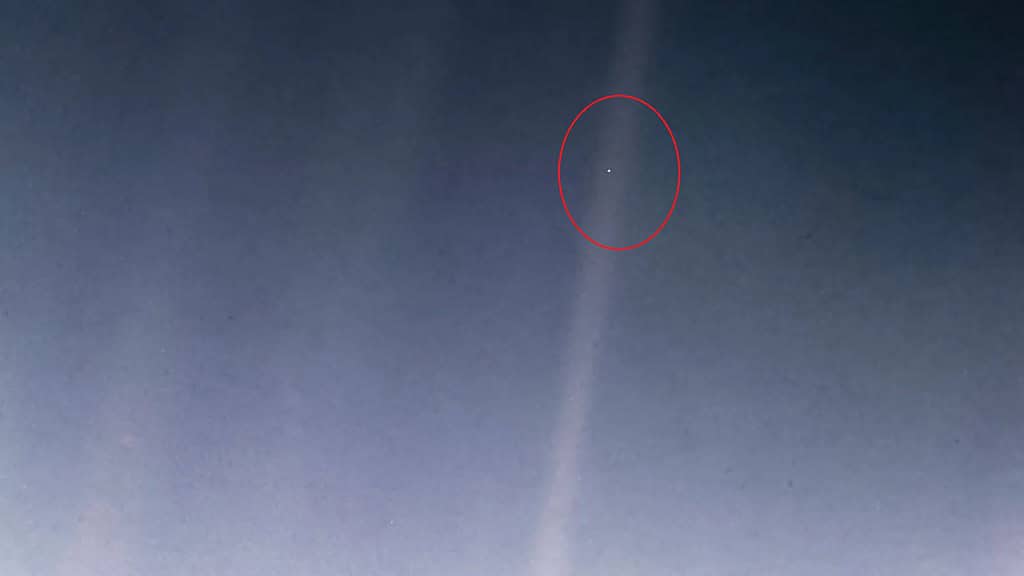
These spacecraft were outfitted with sophisticated instruments that enabled them to capture breathtaking images and gather data from the gas giants, such as Jupiter and Saturn, along with their respective moons. It is Voyager 1 that, at the request of Scientist Carl Sagan, took the iconic image of ‘Plae Blue Dot’, an image of ‘tiny’ Earth taken by the camera of Voyager 1 from a distance of 3.7 Billion Miles. This image, one of the most incredible achievements of NASA’s ingenuine technology, showed a new perspective of the only planet that we can call home.
A significant milestone achieved by NASA through the Voyager missions was the identification of previously unrecognized phenomena. For example, Voyager 1’s flyby of Jupiter unveiled the planet’s intricate atmosphere and the existence of its renowned Great Red Spot, a colossal storm exceeding the size of Earth. Conversely, Voyager 2 made pioneering discoveries at Uranus and Neptune, including the identification of new rings and moons. These missions have profoundly altered our understanding of the outer solar system and have provided a substantial repository of data for future investigations.
Beyond their scientific impact, the Voyager missions also possess a cultural significance. Each spacecraft carries a Golden Record, which features sounds and images that reflect the rich diversity of life and culture on Earth. This record acts as a communication tool for any intelligent beings that might encounter the spacecraft, encapsulating the spirit of exploration that defines NASA’s achievements.
Even at billions of miles from Earth, both Voyager spacecraft continue to send data back, making them the most distant human-made objects in space. The ongoing transmission from the Voyagers underscores NASA’s dedication to long-term exploration and scientific research. In summary, the Voyager missions exemplify the achievements of NASA, showcasing human ingenuity, perseverance, and the quest for knowledge in the vastness of space.
6. Curiosity Rover’s Discovery of Ancient Habitable Conditions on Mars (2012)
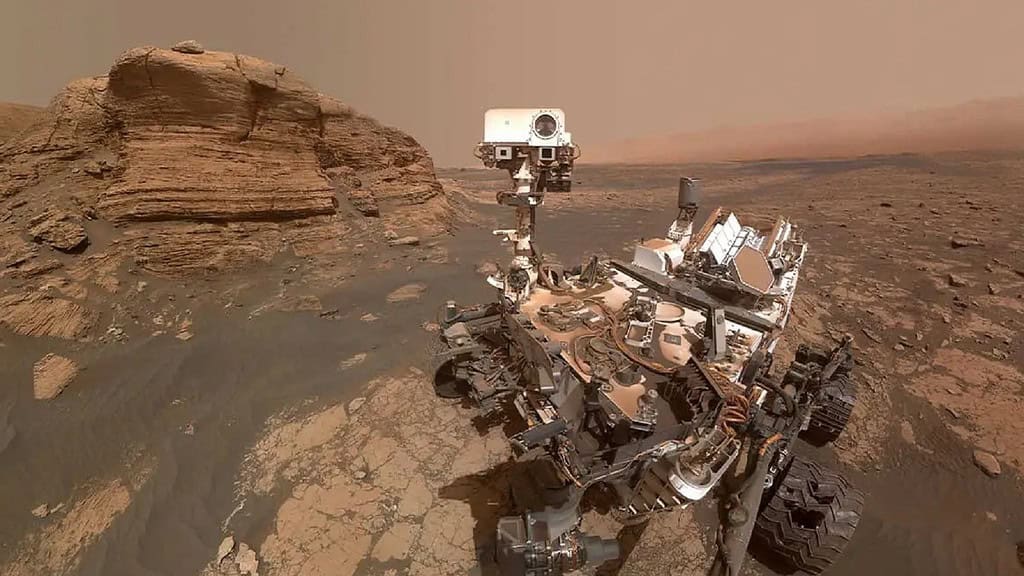
The discovery of ancient habitable conditions on Mars by the Curiosity rover is one of the momentous achievements of NASA in planetary exploration. Since its arrival on Mars in 2012, Curiosity has been investigating Gale Crater, an area believed by scientists to have once harbored a lake. Through meticulous analysis of rock samples, soil, and the Martian atmosphere, the rover has revealed compelling evidence indicating that Mars once possessed the necessary conditions to sustain microbial life.
Among the most significant findings was the identification of essential chemical elements for life, such as sulfur, nitrogen, hydrogen, oxygen, phosphorus, and carbon. These elements constitute the fundamental components of life as understood on Earth. Furthermore, Curiosity detected traces of clay minerals, which are formed in the presence of water, thereby reinforcing the notion that liquid water existed on Mars’s surface in its ancient history. These findings are considered one of the most profound achievements of NASA, as they bring humanity closer to answering the age-old question: did life ever exist on Mars?
The implications of the rover’s findings are substantial for our comprehension of Mars and its prospects for future exploration. By demonstrating that Mars once featured habitable environments, Curiosity has sparked renewed interest in the quest for evidence of ancient life. Subsequent missions, including NASA’s Perseverance rover, are building upon Curiosity’s achievements by gathering samples that may eventually be returned to Earth for comprehensive analysis.
Nevertheless, the path to these discoveries has not been devoid of obstacles. Operating a rover millions of miles away on a challenging planet necessitates meticulous planning, robust engineering, and innovative problem-solving. Despite these challenges, the Curiosity mission stands as one of the landmark achievements of NASA, providing invaluable insights into Mars’ history and laying the groundwork for future exploration and potential human endeavors on the Red Planet.
7. James Webb Space Telescope (JWST) Launch (2021)
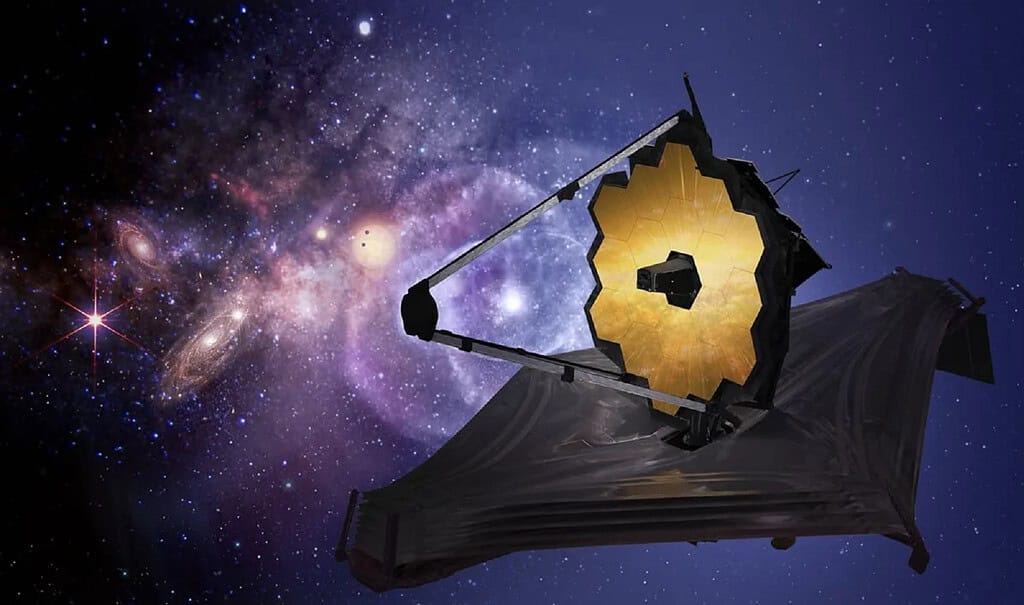
The James Webb Space Telescope (JWST) represents one of the most ambitious achievements of NASA in the field of astronomy and space exploration. Launched in December 2021, this telescope is intended to serve as the foremost observatory for the coming decade, succeeding the Hubble Space Telescope as the primary instrument for capturing images and data from the far reaches of the universe. Its capability to observe in infrared wavelengths enables scientists to penetrate cosmic dust and examine objects located billions of light-years away, providing unparalleled insights into the early universe.
One of the significant achievements of NASA with JWST is its enhanced ability to investigate the formation of stars and galaxies with unprecedented detail. By utilizing the infrared spectrum, JWST can penetrate gas and dust clouds that obstruct visible light, facilitating the study of star and planetary system formation. This functionality paves the way for new discoveries regarding the evolution of galaxies over time and the expansion of the universe since the Big Bang.
Additionally, the James Webb Space Telescope is crucial in the quest for extraterrestrial life. Its instruments are specifically designed to analyze the atmospheres of exoplanets, searching for essential indicators such as water vapor, methane, and other gases that may imply the existence of life. This aspect of the mission adds to the profound achievements of NASA, as JWST enables humanity to search for potentially habitable worlds in distant star systems.
The construction and launch of such a sophisticated observatory were formidable challenges. The intricate design of the telescope, featuring a 21-foot-wide mirror that had to unfold in space, posed numerous engineering hurdles. Despite all these challenges, the James Webb Space Telescope stands as a testament to the achievements of NASA, pushing the boundaries of space science and deepening our understanding of the universe.
8. Mars Helicopter Ingenuity (2021)
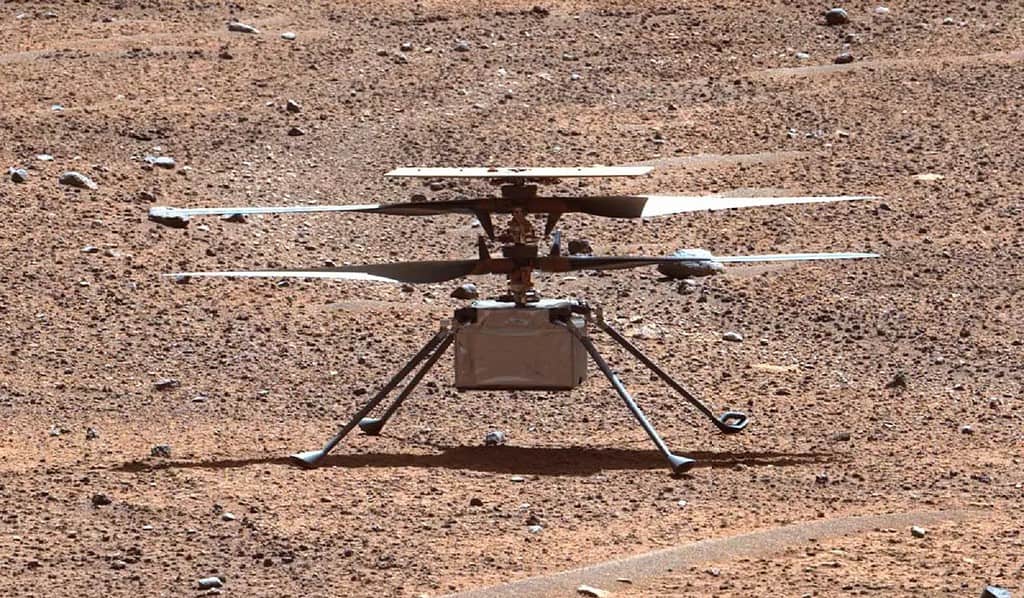
The Mars Helicopter Ingenuity represents one of the most innovative achievements of NASA, marking the first time that powered flight has been achieved on another planet. As part of the Mars 2020 mission, Ingenuity landed on Mars in February 2021 alongside the Perseverance rover. Its primary objective was to validate the feasibility of controlled flight within Mars’ tenuous atmosphere, which is approximately 1% as dense as that of Earth—a challenge that had never been previously undertaken.
On April 19, 2021, Ingenuity achieved a successful takeoff from the Martian surface, hovering at an altitude of around 10 feet for nearly 40 seconds before descending. This historic flight was a groundbreaking moment in space exploration and a testament to the engineering achievements of NASA. Since then, Ingenuity has conducted numerous flights, far surpassing its original target of five, and continues to function as a scout, assisting the Perseverance rover in navigating the complex Martian landscape.
One of the key achievements of NASA with Ingenuity is the advancement of technology that has the potential to transform future space exploration endeavors. By demonstrating that flight is achievable on Mars, NASA has paved the way for the incorporation of aerial vehicles in upcoming missions, which could investigate regions of planets or moons that are otherwise unreachable by rovers or landers.
The Ingenuity mission was extremely complicated and various challenges needed to be overcome. Engineers were tasked with creating lightweight materials, robust batteries, and rotor blades capable of spinning at high velocities to produce sufficient lift in the sparse Martian atmosphere. Despite these technical obstacles, the Mars Helicopter has emerged as one of the most notable achievements of NASA, providing a novel approach to planetary exploration and enhancing our comprehension of Mars. The success of Ingenuity lays the groundwork for more sophisticated aerial exploration in future missions to Mars and beyond.
Read More Science and Space Articles
- Top 5 Amazing Whole Grains That Are Healthier Than Rice
- Indian Space Program: 8 Incredible Achievements
- China’s Space Program: 5 Amazing Accomplishments
- Top 6 Amazing Sources of Vitamin C (Fruits and Vegetables) That You Can’t Avoid
- Oranges: 11 Incredible Facts About This Tangy Citrus Fruit
- NASA’s MOXIE Creates O2: Big Step Towards Mars Colonization
- Lemons: 8 Astounding Facts About This Remarkable Super Fruit
- Top 5 Bitter Vegetables That Are Incredible For Our Health
- Grapefruit: 8 Incredible Facts About This Amazing and Tasty Superfruit
- Top 5 Amazing Properties of Time That Defy Common Sense
- Top 5 Important Citrus Fruits That You Should Know About
- 10 Factors for Emergence of Intelligent Life in The Universe
- Top 4 Important Vegetable Groups That You Should Be Aware Of
- Space Science: 6 Vital Reasons Why We Should Invest in It
- Solar System: 10 Astonishing Uniqueness of our star system
- Our Universe: An Incredible Journey of 13.7 Billion Years
- Indian Gooseberry (Amla): 10 Amazing Facts About This Wonder Fruit
- Top 6 Solar System Objects That Might Destroy Life On Earth
- The Great Physicist Peter Higgs Passes Away at 94
- Certain End of The Universe: 4 Forces of Nature to Watch Out For
- Big Bang: An Incredible Start of Universe 14 Billion Years Ago




